They say profit is moving in the wrong direction...
Flipping the ADAS switch
Tire shops are a natural habitat for ADAS calibrations. Invite them in.
When you think of a tire shop, you think of an alignment system. And when you think of an alignment system, you think of ADAS calibrations.
OK. Maybe not just yet for tire shops.
But you should, and in time hopefully will. With the booming present and future market for ADAS calibrations – you’ve heard about all that, right? – ADAS and alignment become more paired at the hip each day.
That’s because doing one usually leads directly to doing the other. And if you’ve got room to do one, you’ve got room to do the other. And if you’re profiting from one, you’ll do even better with both.
Static ADAS calibrations seem like such a natural fit for tire shops that it’s a little surprising more aren’t doing them already. (Dynamic calibrations, which require nothing more than an equipped scan tool and a road to drive on, are always an easy option.) The holdup for static is likely a combination of two reasons: concerns about space, and concerns about equipment. And like ADAS and alignment, they intertwine.

The gateway to ADAS. Equipment first.
Calibrations are often regarded as a mysterious, exotic type of automotive service. In truth, they are not. ADAS technology itself is highly sophisticated, but performing static calibrations is just like any other type of service. You learn to do it, and then you do it. A lot.
Here's the good news: With the aligner you already have and constantly use, you're starting on second base. You're halfway there.
Whenever an ADAS component is disturbed in any way – and there are quite a few ways to disturb an ADAS component, including basic tire services – a calibration is triggered. In turn, calibrations usually trigger an alignment, because if the wheels aren't going straight, neither is the ADAS, which defeats the entire purpose. The key measurement is thrust line, not the center line. It's impossible to find the thrust line outside of an alignment rack.
It's a two-way street. An alignment itself is among the things that can trigger a calibration, for the same reason: ADAS cameras and radar need to precisely follow where the vehicle is going, and not where it used to be going or should be going. This is why alignments and ADAS go hand in hand. Between the two of them, a tire shop can keep plenty busy.
If an aligner starts you at second base, adding a static calibration target setup gets you rounding third and heading for home. You're not creating a brand-new workflow so much as taking an existing revenue stream and widening it. As opportunities go, this is a gift.
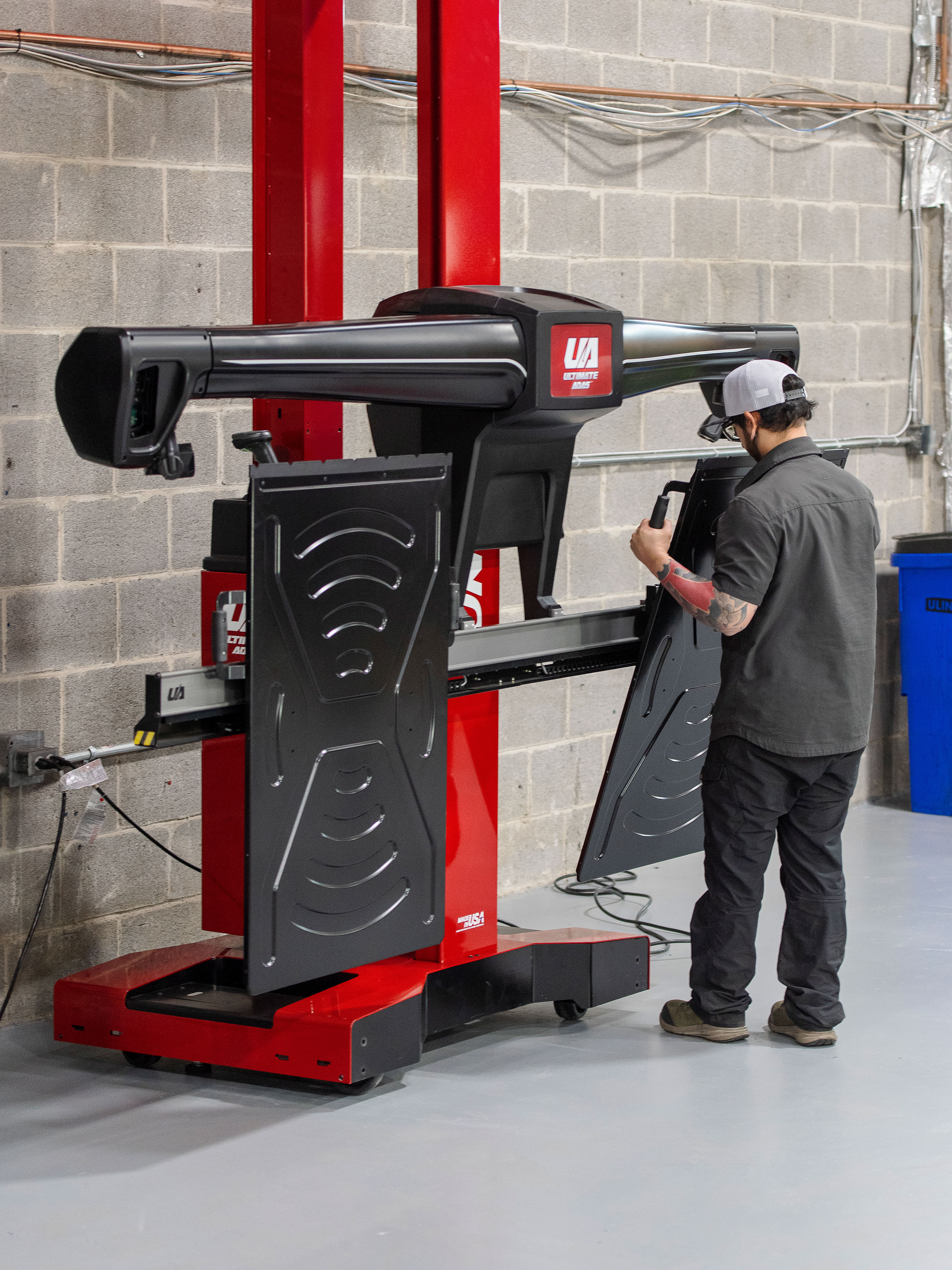
Room to grow. Which leads to the space consideration.
You hear a lot about space when calibrations come up. That's due to the misconception that a shop needs a ton of space to do them. Not only is that not true as a general rule, but it's especially not true when it comes to tire shops. If you've got space to do alignments, which you obviously do, you've also got space to do calibrations.
Here's why. The vast majority of ADAS calibrations outside of a collision shop are forward-facing resets of cameras and radar at or near the front of the vehicle. As much as 90 percent of these can be done in a typical alignment bay.
In other words, the space currently used for alignments is space that can be used for alignments and calibrations. Most can be done in 16.5 feet or less; many can be done in 10 feet or less. When alignment bays are employed in this fashion, that square footage stands to become the most profitable in the shop.
Accordingly, there's no need to worry about the comparatively small number of calibrations, like surround view and blind spot monitor, that may require more space than you've conveniently got. If your dining room table seats your six family members, you're not concerned that it doesn't seat 12. You'll have plenty of work to do with the calibrations you do have space for.
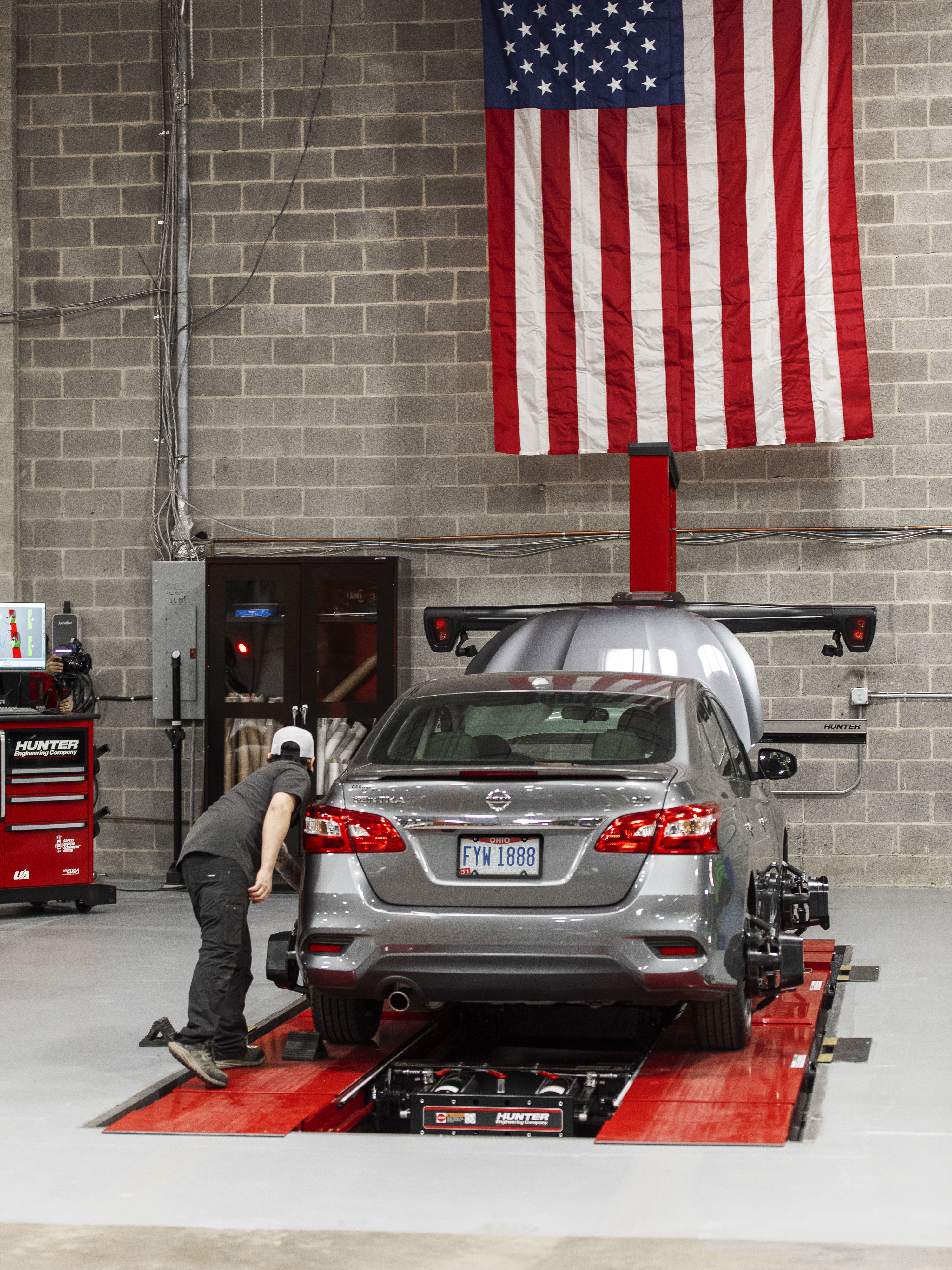
The why.
Even if it's accepted that calibrations are something most tire shops can do without undue difficulty, some will wonder if it's worth it. It's true that having an in-house capability, even a lucrative one, doesn't require using that capability. Inertia is a real thing.
As it turns out, there may not be much of a difference between needing to and wanting to.
The ADAS story is familiar by now. Millions and millions of vehicles on the road today have ADAS. Soon enough, all of them will, and they'll all require periodic calibrations. There have been many ADAS market forecasts in recent years, and nearly all of them start in the billions and only to go up from there.
If ADAS work is regarded as an optional upsell now, it's well on the way to becoming a market necessity in the near future.
A simple what-if is instructive. Here's how starting very small might work for a tire shop:
5 vehicles per week x 51 working weeks x $232 (industry average calibration) x 70% profit margin = $41,412 unrealized annual gross profit
That's only a single calibration a day.
To be sure, someone is going to do all this ADAS work and turn a healthy profit doing it. The vehicles are right there in the shop, right now. If not you, why not you?
A sensible path forward.
Alignments are a maintenance issue. So are calibrations. Don't be afraid of ADAS; be informed. Take your time. Do your research. Enter the local market at the spot that makes sense for where your shop is now, with an eye towards where you want it to be in the future. Gain experience and expertise, and then expand your capabilities and with them, your profitability.
There's a saying, “Keep doing what you're doing; keep getting what you got.” Pairing ADAS with alignments allows you to keep doing what you're doing but getting more than what you got.
When your business is ready to get going with ADAS, Hunter Engineering will be ready to support you with guidance, training and equipment.
This article was first seen in Tire Review, May 2025.
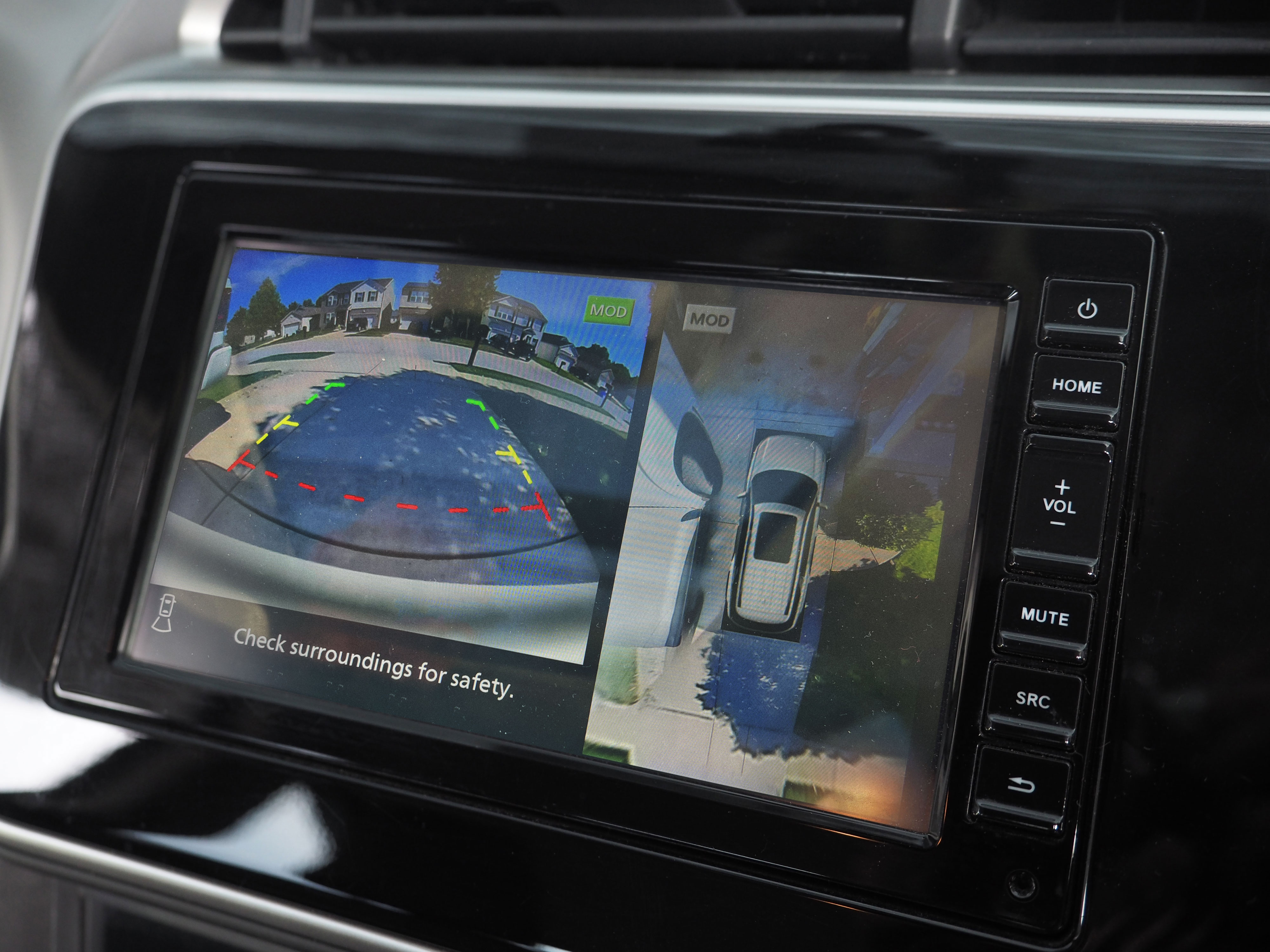
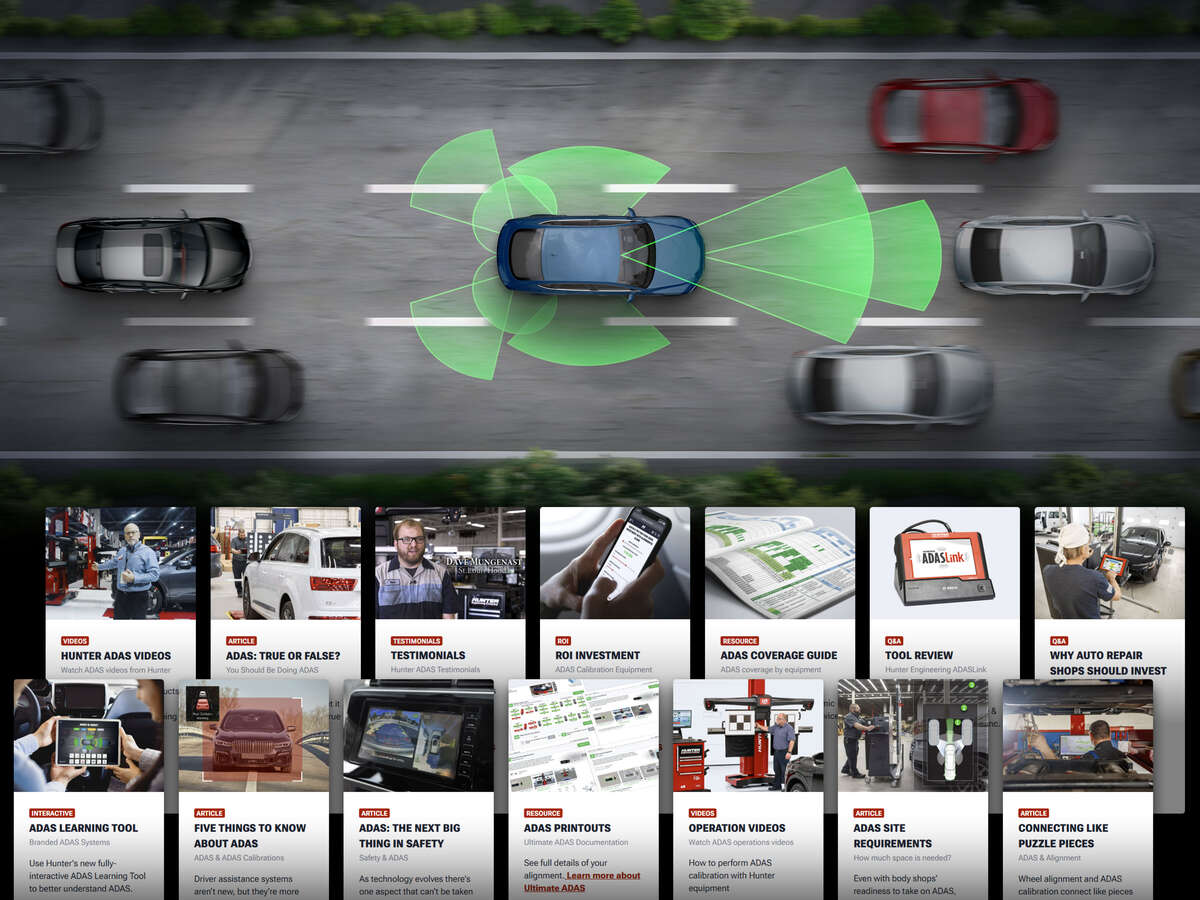
Développez vos connaissances et votre sensibilisation sur les systèmes avancés d'aide à la conduite (ADAS) avec des articles, des vidéos, des outils interactifs et des téléchargements.
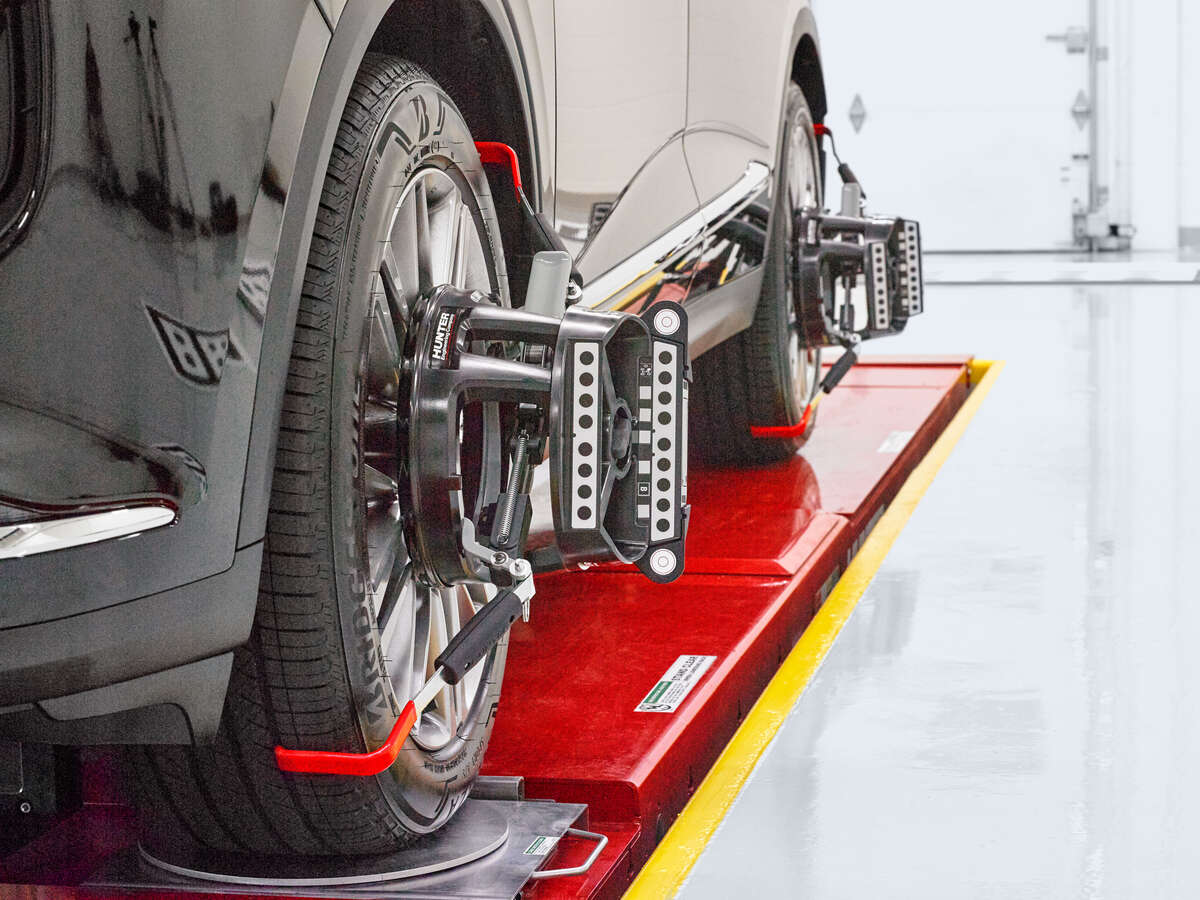
Collision Shops and ADAS: What do the Numbers Say?
Collision shops and ADAS
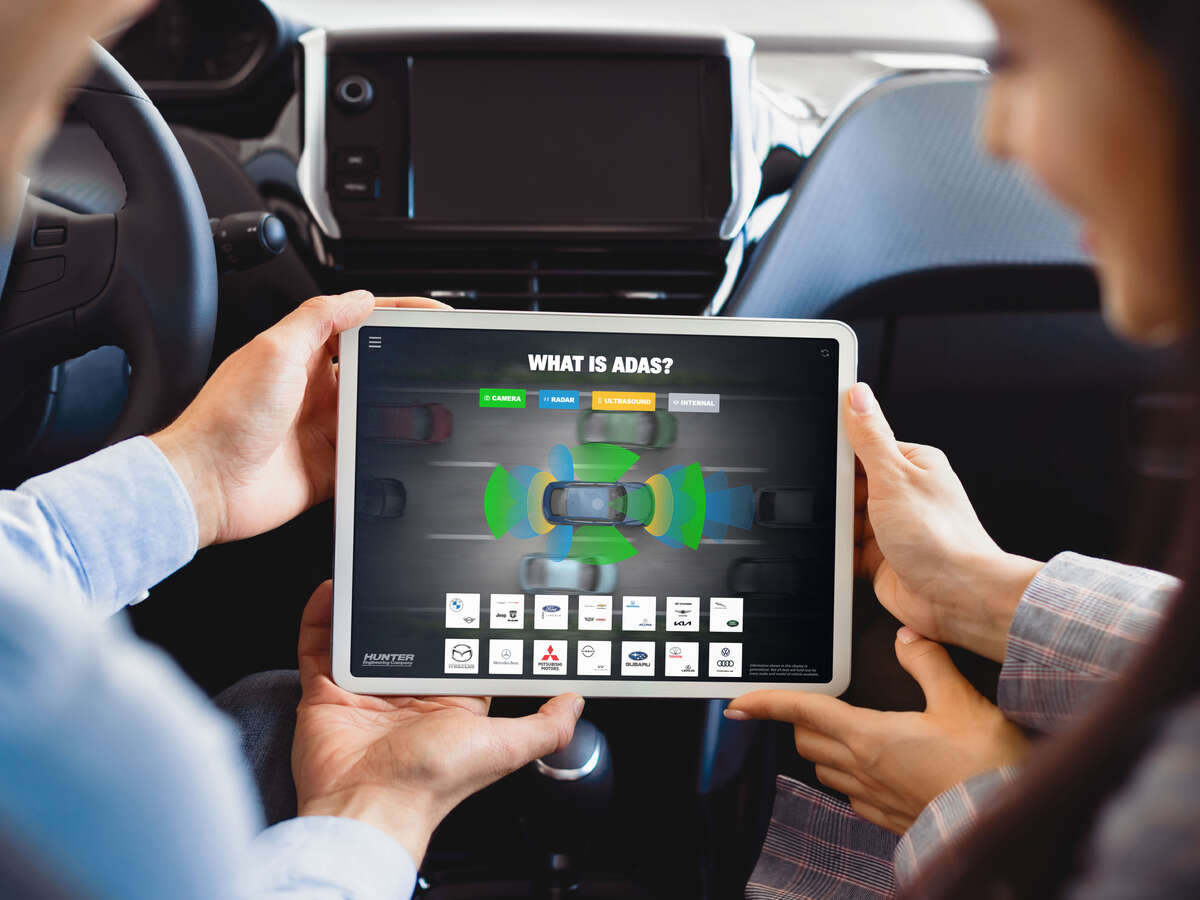
ADAS Learning Tool
Branded ADAS Systems
Use Hunter's new fully interactive ADAS Learning Tool to better understand ADAS.

Why Auto Repair shops should invest in ADAS
Fender Bender
From Alignment Acorns, Mighty ADAS Oaks Grow...
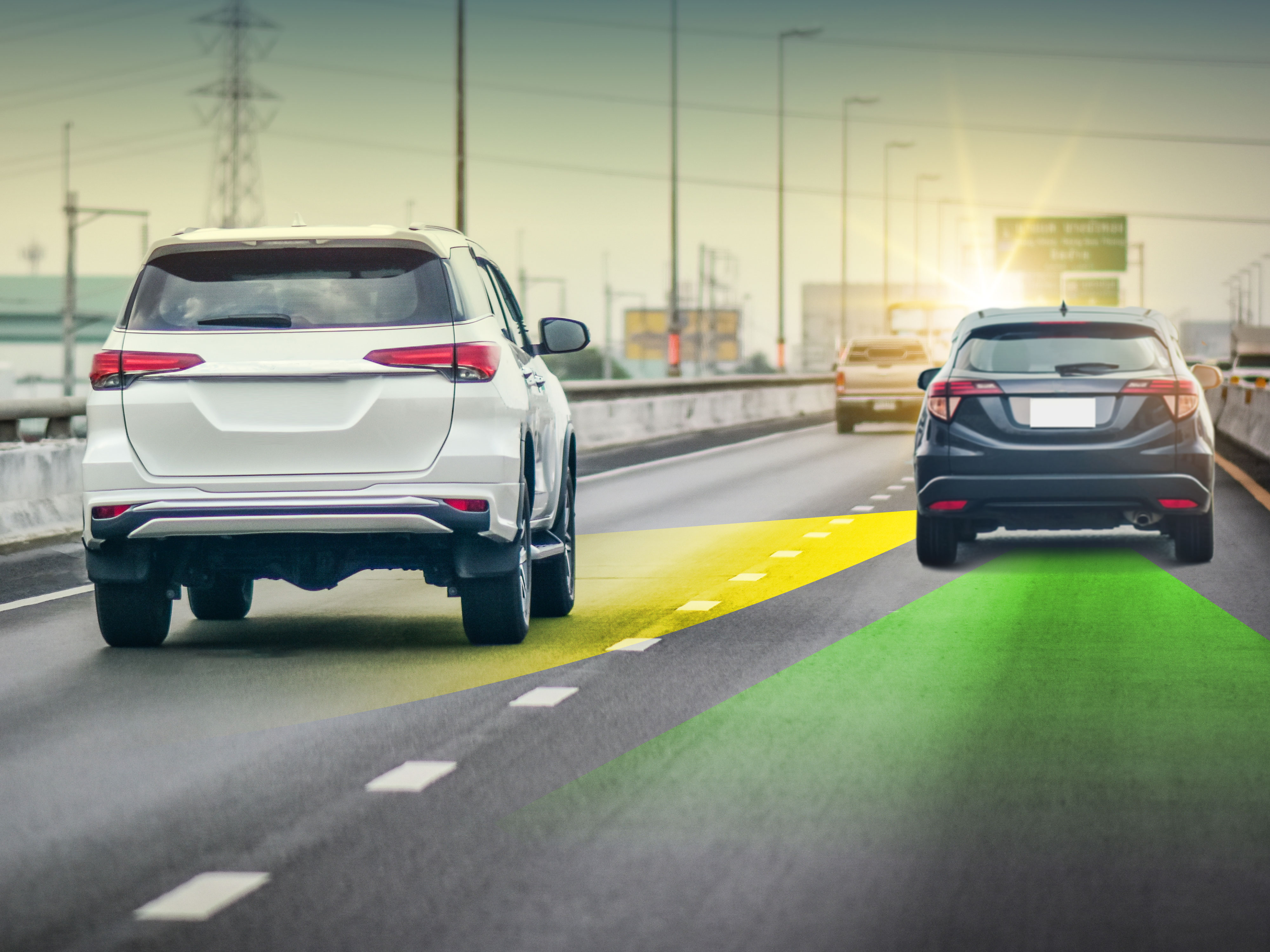
What is ADAS?
Learn the Basics
Read all about ADAS technology, including common terminology and explanations of buzzwords within the field.
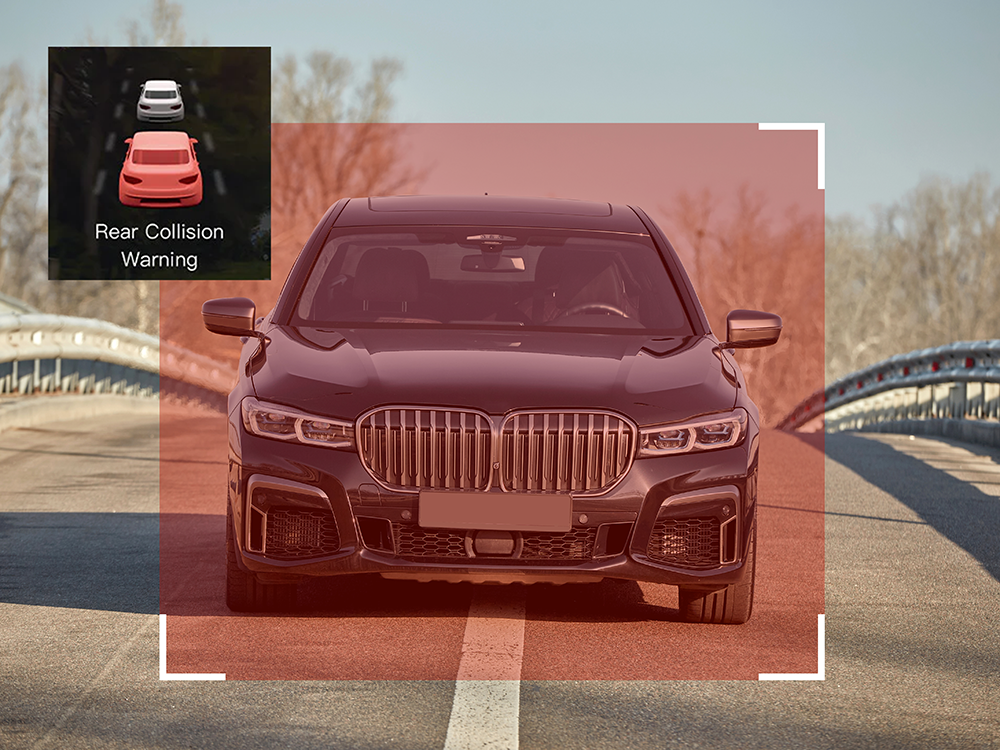
Five Things to Know About ADAS
ADAS & ADAS Calibrations
Driver assistance systems aren’t new, but they’re more popular than ever. Here’s what you need to know.

ADAS: The Next Big Thing In Safety
Safety & ADAS
As technology evolves there's one aspect that can't be taken lightly: safety.
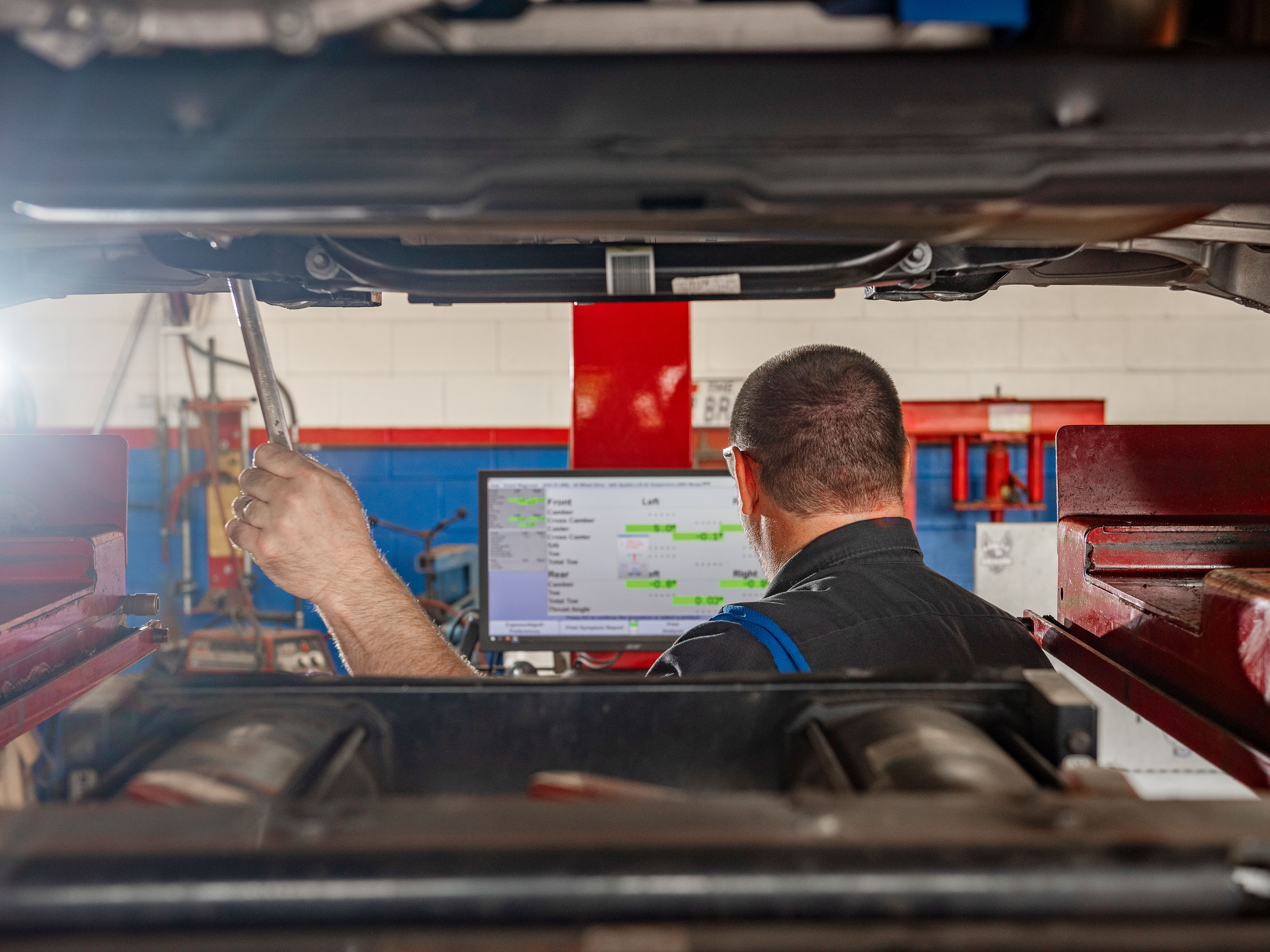
Connecting like Puzzle Pieces
ADAS & Alignment
Wheel alignment and ADAS calibration connect like pieces in a jigsaw puzzle. If you don't know where the wheels are going...
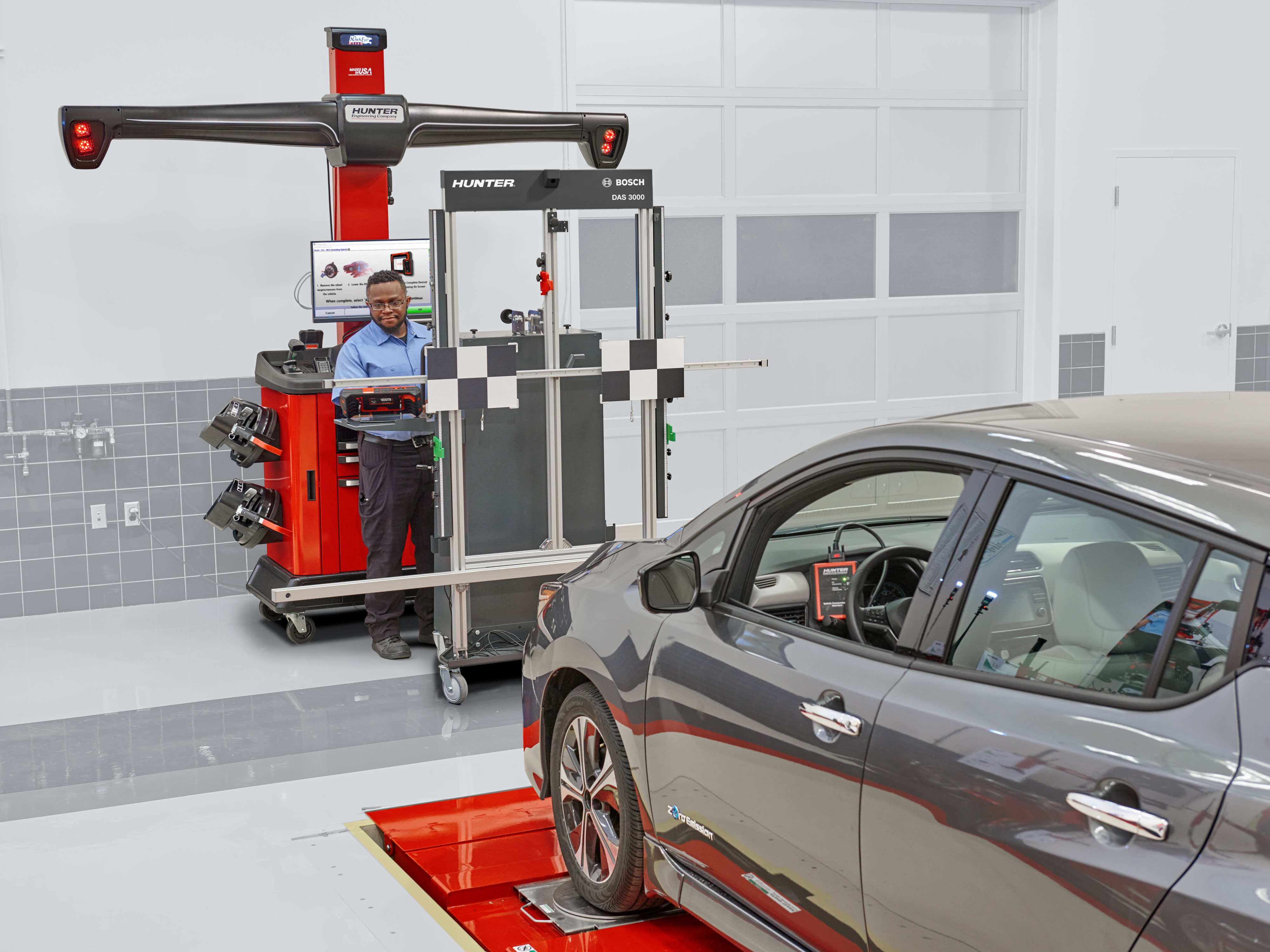
Industry Insights ADAS Articles
View more ADAS articles written from Hunter's industry experts.


